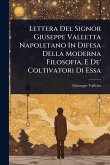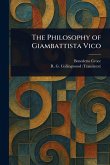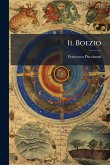This is Volume 3 of Giambattista Vico's "La scienza nuova" (The New Science), presented according to the 1744 edition, with variants from the 1730 edition and two intermediate unpublished versions, and accompanied by historical notes. "La scienza nuova" is Vico's magnum opus, a groundbreaking work of philosophy of history that attempts to construct a universal history of humanity based on the principles of philology and philosophy. Vico's work explores the cyclical nature of civilizations, the development of human thought, and the role of mythology and language in shaping social institutions. This edition offers a comprehensive view of Vico's evolving thought, making it an invaluable resource for scholars of philosophy, history, and political theory. This volume provides critical insights into the development of modern social and political thought and remains a cornerstone of historical and philosophical inquiry. This work has been selected by scholars as being culturally important, and is part of the knowledge base of civilization as we know it. This work was reproduced from the original artifact, and remains as true to the original work as possible. Therefore, you will see the original copyright references, library stamps (as most of these works have been housed in our most important libraries around the world), and other notations in the work. This work is in the public domain in the United States of America, and possibly other nations. Within the United States, you may freely copy and distribute this work, as no entity (individual or corporate) has a copyright on the body of the work. As a reproduction of a historical artifact, this work may contain missing or blurred pages, poor pictures, errant marks, etc. Scholars believe, and we concur, that this work is important enough to be preserved, reproduced, and made generally available to the public. We appreciate your support of the preservation process, and thank you for being an important part of keeping this knowledge alive and relevant.
Bitte wählen Sie Ihr Anliegen aus.
Rechnungen
Retourenschein anfordern
Bestellstatus
Storno

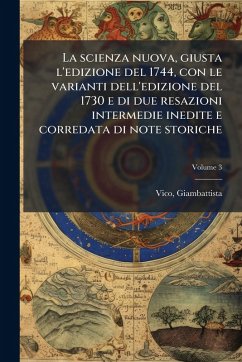
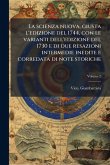
![Del Buono, Del Bello, Con Un Discorso Di G. De Stefano. [2 Pt. Contains Only Del Buono, Del Bello]. Del Buono, Del Bello, Con Un Discorso Di G. De Stefano. [2 Pt. Contains Only Del Buono, Del Bello].](https://bilder.buecher.de/produkte/74/74424/74424044m.jpg)
